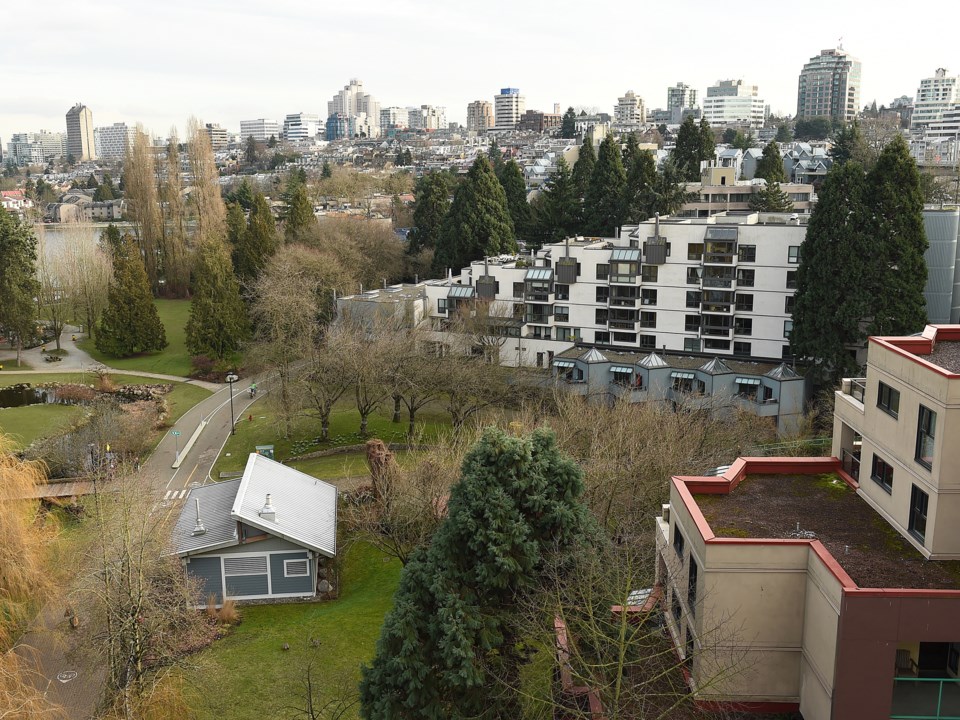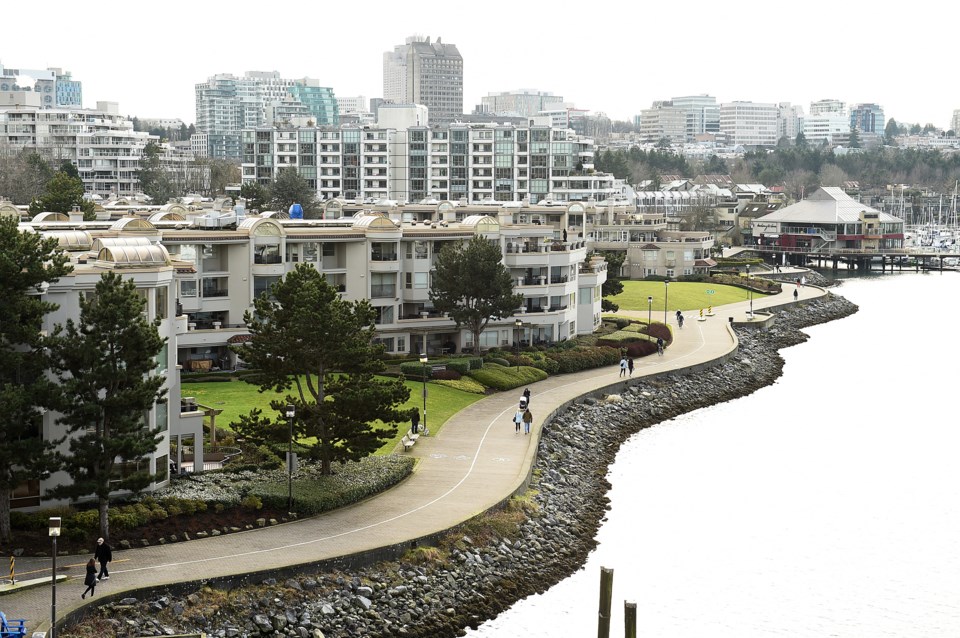This week marks the 10th anniversary of the 2010 Olympics in Vancouver. While it got off to a tragic start with the death of a Georgian luge athlete, it ended well with gold medals in hockey for Team Canada and a tremendous sense of civic pride.
The same holds true for the Athletes’ Village in Southeast False Creek. It, too, got off to a rough start following the receivership of the developer and debts exceeding projected revenues.
While I was critical of the city’s management of the project marketing, including a sign on the sales centre door telling potential buyers not to park on the street or they would be ticketed, today the Olympic Village is a very successful community.
The Olympic Village is not the only city sponsored community to have a rough start. The same applies to False Creek South, located on 55 hectares (136 acres) of former industrial lands between Cambie Bridge and Granville Island, where land leases for many cooperative and non-market rental projects will soon expire.
Today False Creek South is considered one of the most attractive and livable waterfront communities in Canada. However, in the 1970s it was mired in controversy.
Then-mayor Art Phillips and UBC planning professor and alderman Walter Hardwick, father of current NPA councillor Colleen Hardwick, proposed a truly visionary community with a broad income mix and variety of building forms. However, many civic organizations were vehemently opposed.
Former park board commissioner George Puil argued at the time that all the land should be a park, and many residents agreed with him. Craig Campbell, a 35-year old city planner working on the project, made headlines by quitting his job after proclaiming, “I believe the city owned land on False Creek to be among the very worst spots in the entire city to build a lot of housing.”

Alderman Harry Rankin urged skid road residents to fight the city’s plan to mix low- and high-income people, and even the Board of Trade opposed the development.
With half of the public wanting a waterfront park and the other half supporting a planned residential community, the city did the politically astute thing and created a park on half the property and housing and commercial uses on the balance.
In 1974, during the False Creek debate, I arrived in �鶹��ýӳ��as the assistant architect-planner for CMHC. Many of my CMHC colleagues were convinced the community would be a failure and worried that any association with it would limit their future career opportunities.��
I believed otherwise and in 1975 was appointed CMHC’s Special Coordinator for False Creek South.
Despite project leadership by Doug Sutcliffe, a well-respected former Dominion Construction executive, none of Vancouver’s developers wanted to be involved with the community.
For one thing, they questioned the market viability of condominiums on leased land since it had never been done before in Canada.
Consequently, the city coerced two well-known contractors, Stanzl Construction and Haebler Construction, to become condominium developers. In return, they were offered contracts to build some of the rental and social housing projects.
False Creek South was innovative in so many ways. Thanks to generous senior government funding programs, it was possible to create a community with one third low-income, one-third mid-income and one-third higher-income residents.
The first phase included neighbourhood shops and a school, along with experimental planning concepts and building forms. These included stacked townhouses and mixed-use mid-rise apartments that were unprecedented in Vancouver.
False Creek South was planned as a model sustainable community with pedestrian-only streets and reduced parking. To ensure public transit was in place the day the first residents moved in, Mayor Phillips proposed an innovative funding arrangement to subsidize B.C. Transit by levying a $5 per month charge on every housing unit until there was enough ridership.
Over the coming months, we will hear and read much about False Creek South as the residents, many of whom have lived in the same dwellings since the very beginning, demand new affordable leases from the city.
In an upcoming column I will share some ideas on future redevelopment opportunities that will allow both residents and the city administration to have their cake and eat it too.
��
��



